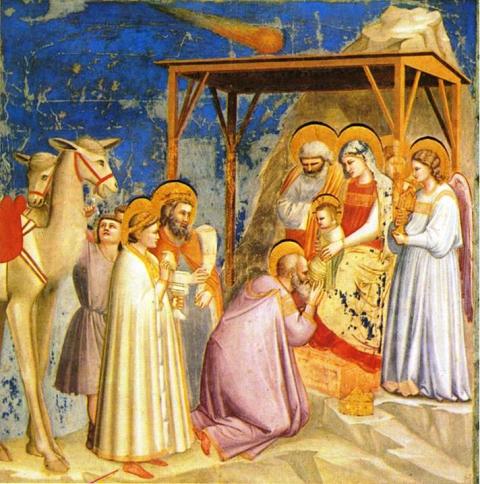The 3rd revised edition of this book has now been published by Tectum Verlag in Germany. Contact them if you want a review copy.
What really happened to Jesus? Did he rise from the dead, and if not why do Christians believe that he did? Did he have a plan and, if so, what was it? Did he accomplish his purpose or did the plan fail? If it failed, what were the consequences?
As a former Christian, I takes a rationalist look at the problem of Christian origins and show that no previous writer has completely solved the riddle of Jesus. My hypothesis explains Jesus' curious behaviour and solves age-long mysteries that no one else had solved. Here is Jesus in historical context, the leader of an obscure Jewish sect which believed that it was fulfilling a divine plan revealed in the Scriptures. This plan required the Messiah to die and rise again to become the king of Israel, throwing the Romans out of Judaea and even replacing the Emperor as ruler of the known world. Read how Jesus expected to accomplish this. Read how his plan failed.
Also read how Christianity began by mistake.
I build on the work of many other authors and construct what must be the true explanation for the origin of Christianity. This should be the last book on Jesus.
I also review of the many attempts to solve the mystery by other sceptical or objective writers.
'Taking up the torch from where Albert Schweitzer's The Quest of the Historical Jesus left off, Campbell offers a provocative, and what for many will be a deeply disturbing, account of the life, mission, death and "resurrection" of the historical Jesus...[it] is also a good read...it has some of the merits of a good detective story'
Professor James Thrower, University of Aberdeen
ISBN 978-3-8288-4346-2
ePDF 978-3-8288-7327-8
